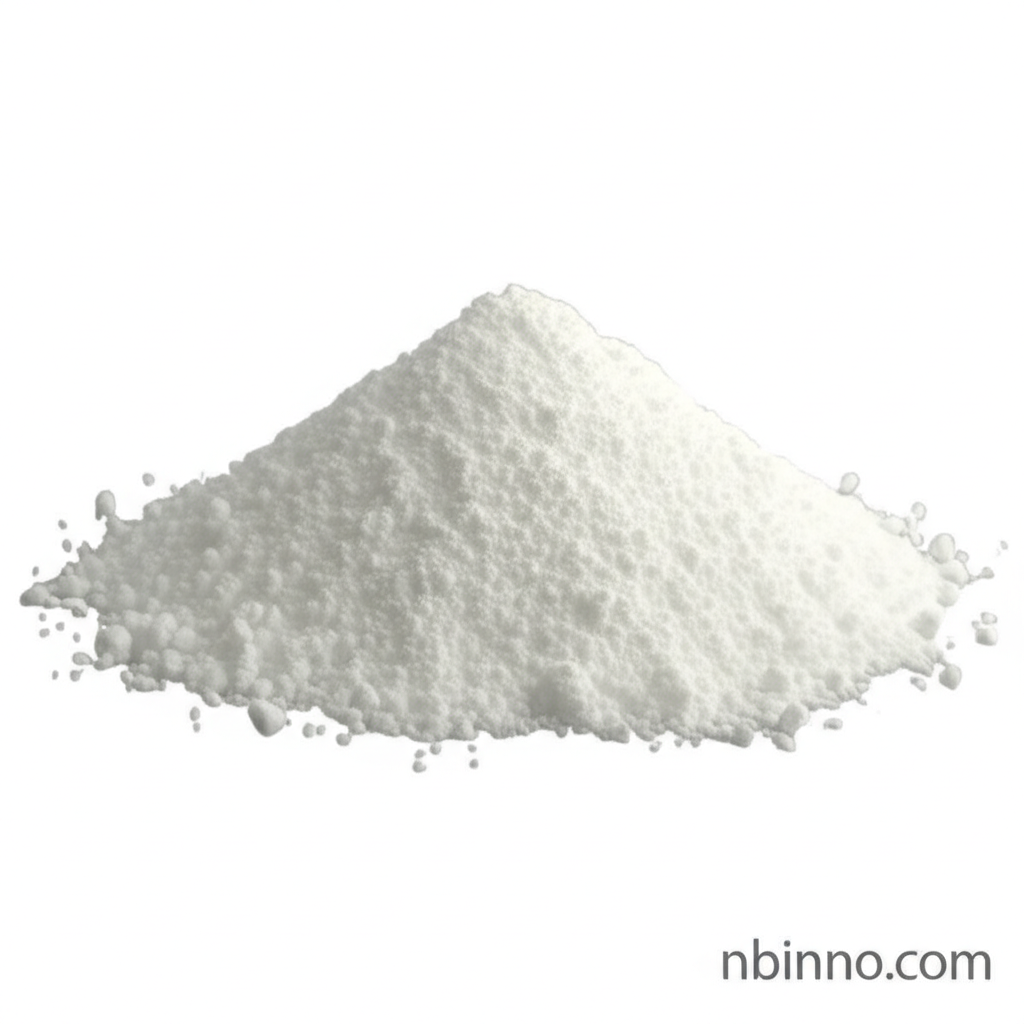PABA: Understanding 4-Aminobenzoic Acid's Properties, Applications, and Safety
Explore the chemical nuances, diverse applications, and essential safety information of 4-Aminobenzoic Acid (PABA).
Get a Quote & SampleProduct Core Value

4-Aminobenzoic acid
4-Aminobenzoic acid, commonly known as PABA, is a versatile organic compound with a key role in various industries. Its bifunctional nature allows it to serve as a crucial intermediate in the synthesis of pharmaceuticals, dyes, and other specialized chemicals.
- Discover the chemical properties that make PABA a valuable building block in organic synthesis.
- Learn about the historical and current industrial applications of PABA, ranging from dye production to pharmaceutical intermediates.
- Understand the health risks and regulatory considerations associated with PABA's use, particularly in cosmetic products.
- Investigate the synthesis methods employed for industrial-scale production of this important chemical compound.
Key Advantages
Versatile Intermediate
PABA serves as a vital intermediate, enabling the production of a wide array of downstream products including dyes, pharmaceuticals, and UV absorbers, showcasing its importance in industrial synthesis.
Folate Synthesis Role
Understanding PABA's role in bacterial folate synthesis provides insight into its biochemical significance and potential applications in antimicrobial research.
Historical UV Filter
While its use has decreased, PABA's history as a UV filter highlights its UV absorption capabilities, a property that continues to influence the development of sun protection technologies.
Key Applications
Pharmaceutical Industry
PABA is a precursor for local anesthetics like benzocaine and plays a role in folate metabolism studies, demonstrating its value as a pharmaceutical intermediate.
Dye Industry
As a precursor for azo dyes, PABA contributes significantly to the vibrant color palettes used in various textile and printing applications, showcasing its role in the dye industry.
Cosmetic and Personal Care
Historically used as a UVB filter in sunscreens, PABA's cosmetic ingredient profile is complex due to concerns about sensitization and potential health risks.
Industrial and Chemical Synthesis
Beyond specific product categories, PABA is a fundamental chemical used in numerous industrial applications and is integral to various chemical synthesis pathways.
